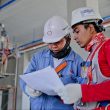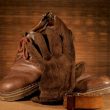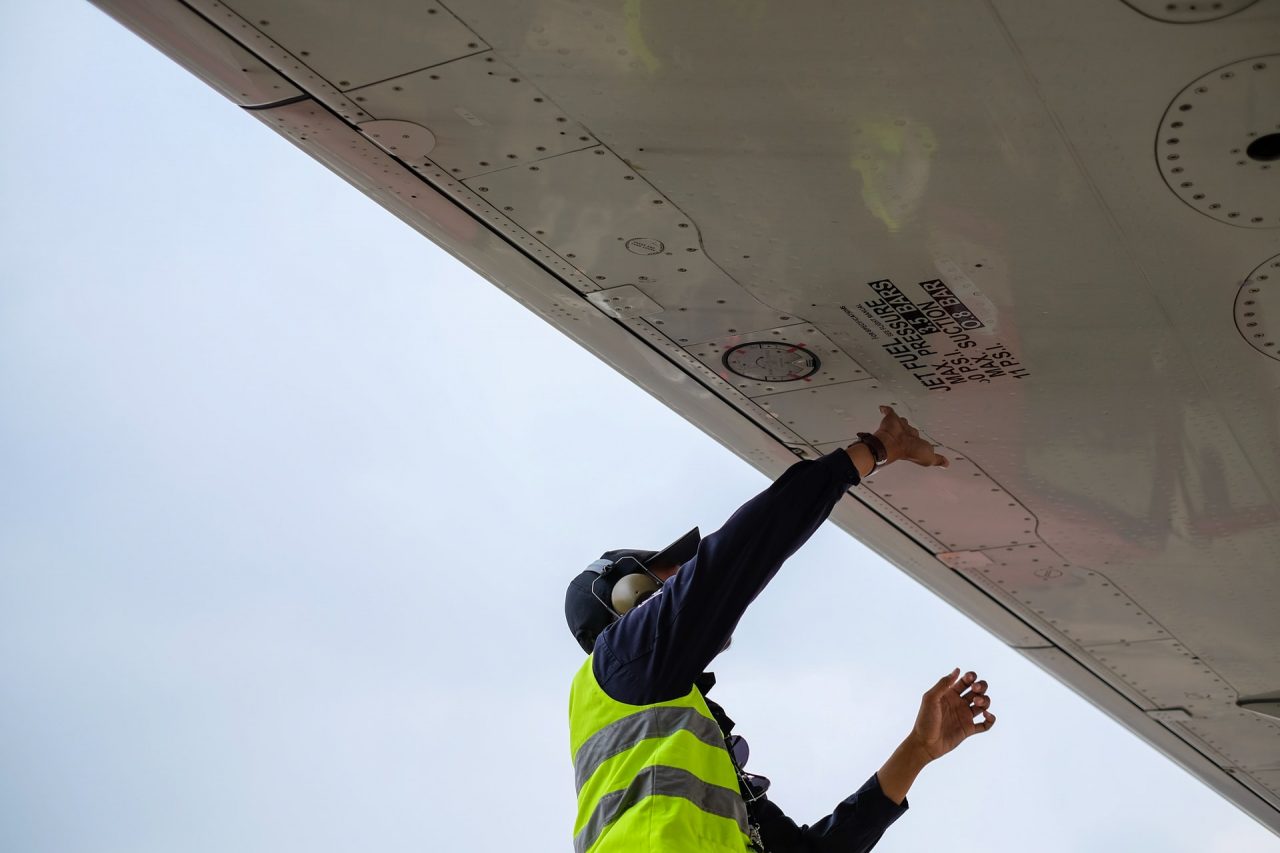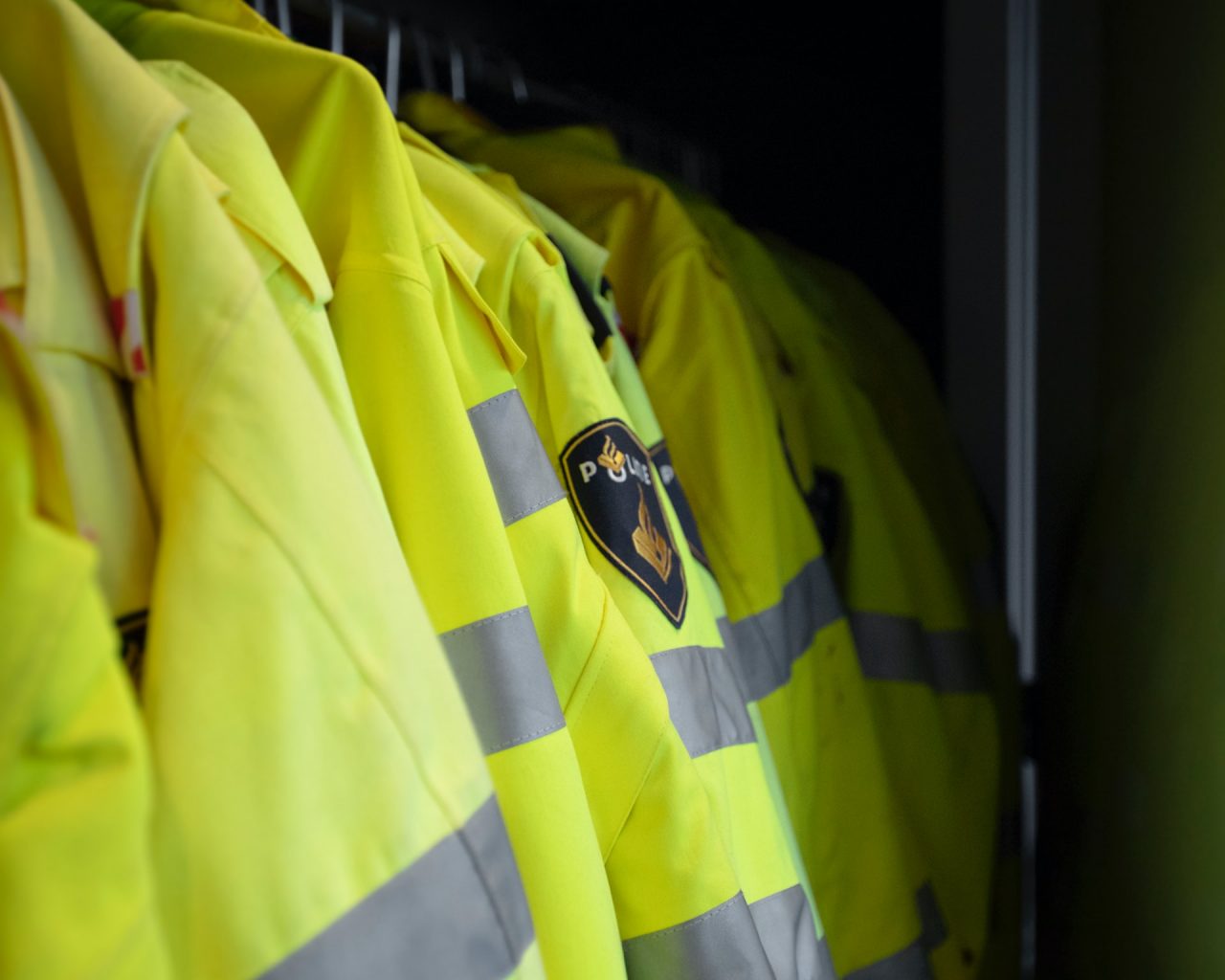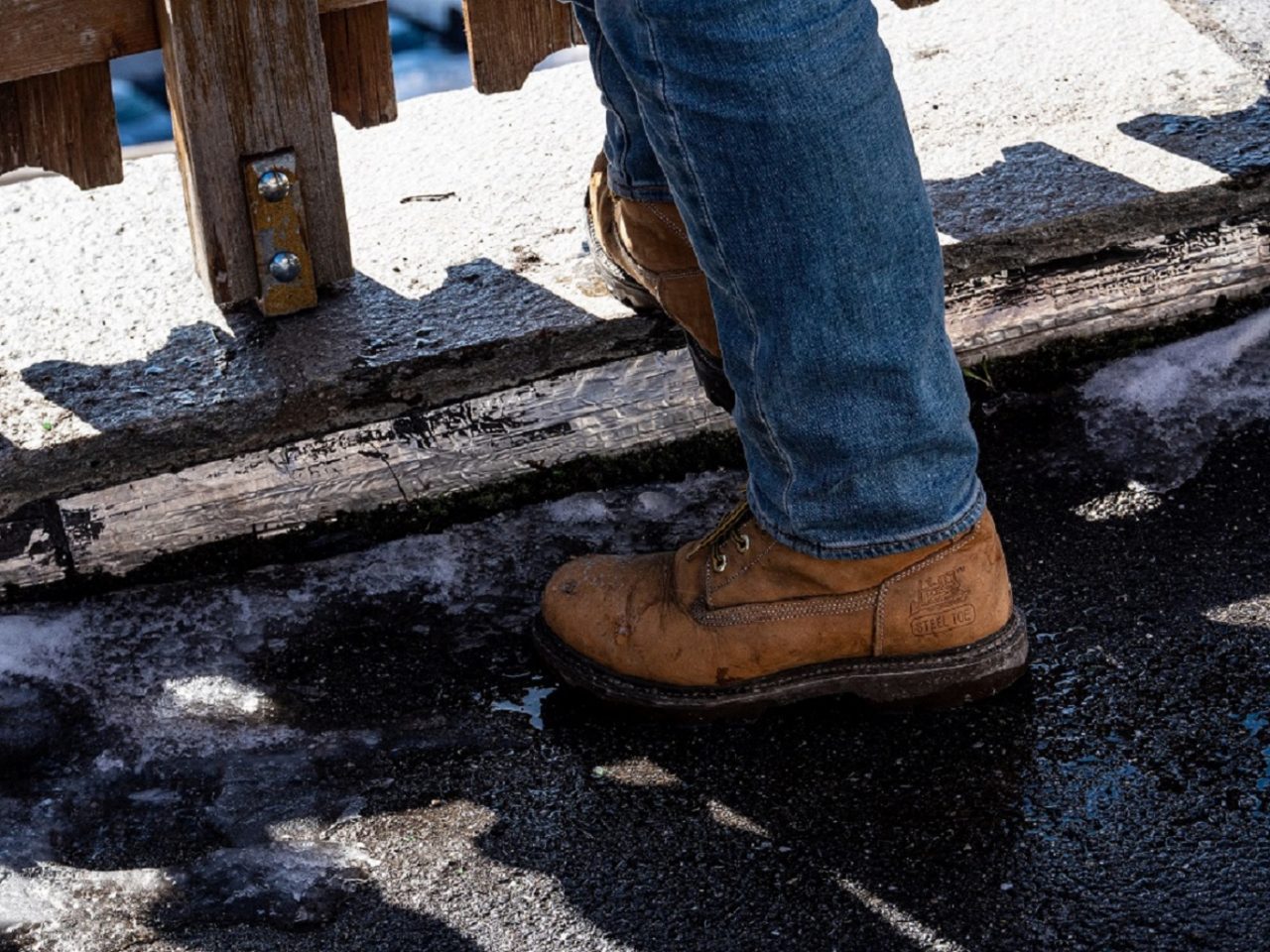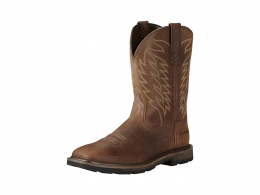Workwear Guru is reader-supported. When you buy through links on our site, we may earn an affiliate commission. Learn more
Whenever you walk past a construction zone or industrial area, you can notice that people working there usually wear some highly luminescent clothing and other protective gear. The purpose of such garments is to increase the visibility of the workers so that drivers or other vehicle operators around are alert of the people working. High-visibility safety apparel comes in various types of clothing, from jackets to coveralls, gloves, pants, and the focus of our article today- vests.
For maximum security, all safety vests should conform with the standards set by the Occupational Safety and Health Administration (OSHA) and the American National Standards Institute (ANSI). Depending on the area where the workers use them and the type of hazards they are exposed to, vests can be classified into three categories.
Class 1 Safety Vests
According to the OSHA standards, class 1 safety vests are meant for workers operating in areas with the lowest risk level where traffic does not exceed 25 mph (lower than 40 km/h). For extra safety, the workers should also be stationed away from said traffic.
Class 1 safety vests should have a minimum of 155 square inches of reflective tape on top of reflective material. The tape stripes are visible on top of both shoulders and around the abdomen.
Class 2 Safety Vests
OSHA ranks class 2 vests suitable for workers in low visibility areas with heavier traffic. The traffic flow in such areas may exceed 25 mph, so if possible, once again, workers should be operating at a safe distance away from it.
Class 2 safety vests should have a minimum of 201 square inches of reflective tape on top of reflective material. There should be tape stripes over both shoulders and one or two horizontal ones around the middle.
Class 3 Safety Vests
Class 3 vests are worn by workers in more dangerous working environments where visibility is limited but of the highest priority. The traffic in such areas exceeds 50 mph, which raises the risk levels.
Class 3 safety vests should have a minimum of 310 square inches of reflective tape. This class of vests offers maximum visibility to the wearer, making them conspicuous at a minimum distance of 1,280 feet.
Safety Vest Color Coding
Colors are often associated with certain things. Let’s take as an example the color red. When they see the color red on a sign, most people might think of danger, warning, or emergency. This type of color association is used by OSHA and ANSI for safety vest color-coding to communicate hazards to workers and identify some primary safety colors.
What colors are considered high visibility?
Colors that are highly luminescent and easily perceptible from any background found in the working environment are considered high visibility. The most commonly used high visibility colors include:
- Fluorescent orange (Safety orange)
- Fluorescent yellow (Safety yellow)
OSHA Safety Colors
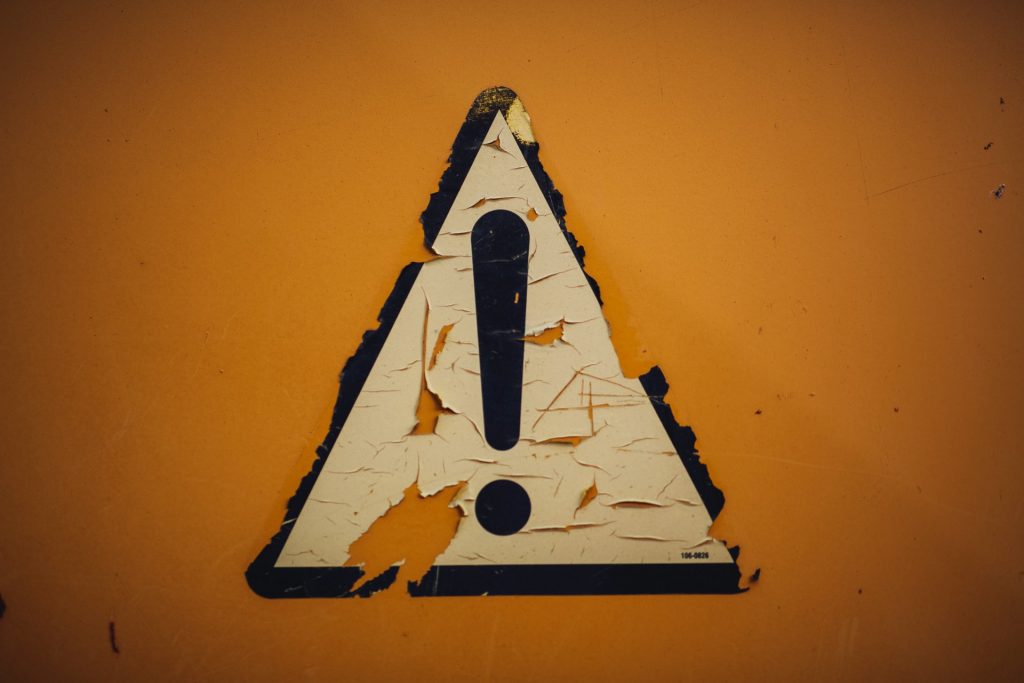
The standard for safety color code for marking physical hazards (29 CFR 1910.144) set by OSHA states that red and yellow must be used for marking physical hazards.
- Red must be used to identify fire protection equipment, apparatus, fire-related hazards, danger signs, emergency buttons and switches, containers of flammable liquids, and lights at barricades.
- Yellow must be used to indicate caution about specific physical hazards, such as the possibility of stumbling, falling, or tripping.
ANSI Safety Colors
ANSI describes their color codes for identifying potential hazards and safety equipment in the ANSI Z535.1-2001 standard. This standard outlines ten safety colors that are used for visual communication.
- The color red, typically used in safety signs or labels, is used to signify danger.
- The color orange is used to signal people of hazardous machines or other equipment.
- The color yellow is used to alert people to any type of safety caution.
- The color green is used to inform people of emergency exits, as well as about the location of the first-aid kit and safety equipment.
- The color blue is used on informative labels.
- The colors black, white, purple, grey, and combinations of them are not strictly defined and the users can communicate various information through them. For example, the color purple is typically used for radiation hazards.
Color Conspicuity
The most important aspect of high visibility safety vests is conspicuity. What this means is that the item of clothing should have the ability to draw the attention of the observer. That conspicuity can be raised through contrast and recognition. Depending on their position on the color wheel, each color has a high or low contrast with another. Whereas recognition comes from the color association we mentioned before.
Orange safety vests
Safety vests in the color fluorescent orange (also referred to as safety orange) provide high visibility because of the contrast the color orange has with the blue color of the sky.
Yellow safety vests
Safety vests in the color fluorescent yellow (safety yellow) are widely used because the color yellow is one of the most easily noticeable colors by the human eye.
Another color often mentioned is lime green. When discussing safety green vs safety yellow, we notice that there is not much difference between the two. The two colors are near-identical to one another and essentially the same color, although the name used can differ by manufacturer.
What Kind of Workplaces Use Safety Vests?
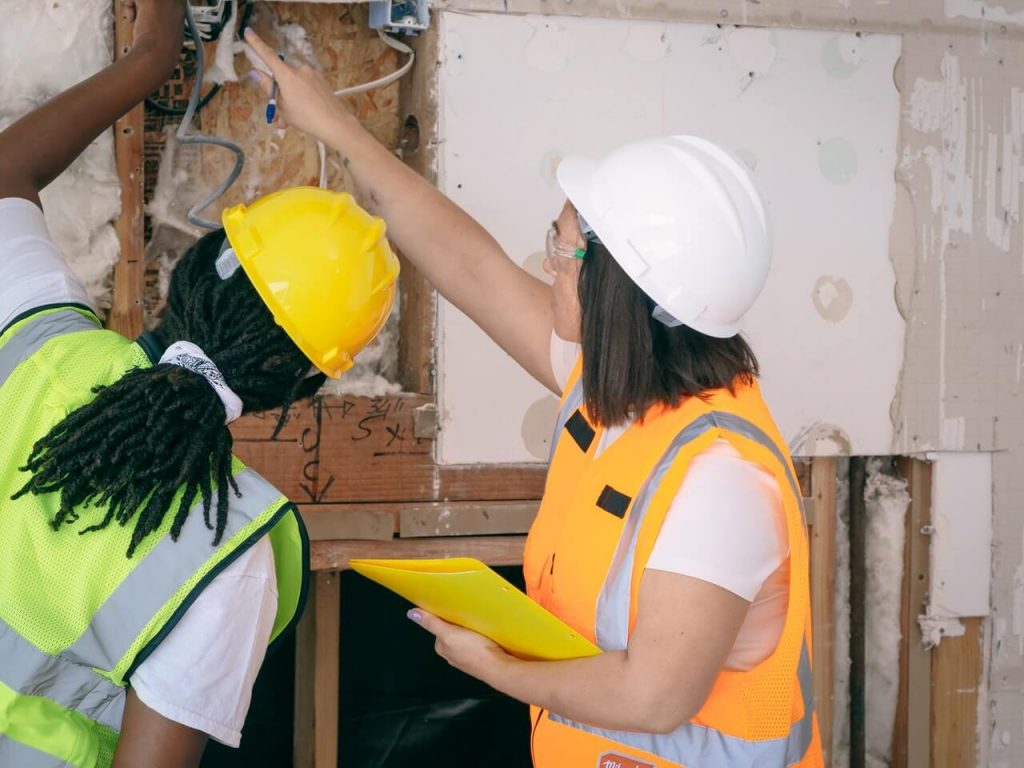
High vests are widely used in various workplaces, especially ones that are near oncoming traffic or use moving equipment. From construction zones, fire stations, parking lots, warehouses, to various factories, some of the employees that have to wear such clothing while working include:
- Construction workers
- Security personnel
- Heavy equipment handlers
- Warehouse workers
- Shopping cart retrievers
- Rail workers
- Emergency responders
- Utility crews
- Site inspectors
- Airport workers
- Parking operators
- Delivery truck drivers
Safety vests, and all other personal protective equipment, are crucial for the physical safety of employees in the workplace. Although a simple black-text-white-background sign expressing the possible hazards can be good enough in some situations, color still plays an essential role in drawing people’s attention. We can only benefit from the enhanced visibility that the widely used orange and yellow colors bring vests through contrast. Remember to stay alert, and you will not get hurt.

